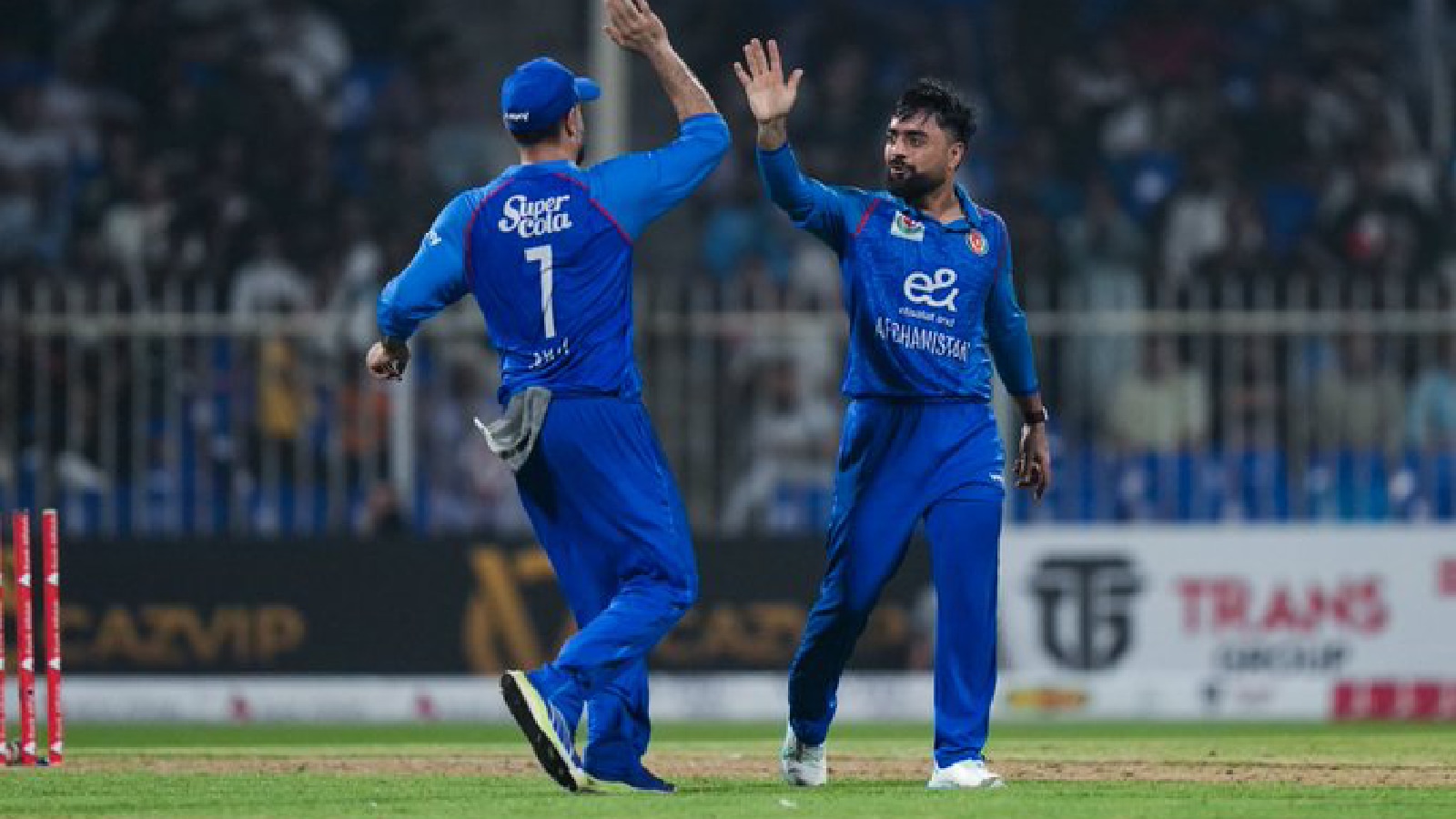ARTICLE AD BOX
Boxing has seen almost a decade of turmoil since the 2016 Rio Olympics where doubts surfaced over its management. The world governing body for the sport – the International Boxing Association (IBA) – was in the dock and it was in 2024 that a new federation gained the International Olympic Committee’s (IOC) recognition.
The World Championships being held in Liverpool (September 4-14) will be World Boxing’s first real test, after hosting two World Cups in Brazil and Kazakhstan. Participants from 66 countries have flown to the north-west of England for the tournament in which men’s and women’s events will take place simultaneously for the first time.
India will pin hopes on a new crop of pugilists. Part of a 20-strong team will be names like Hitesh Gulia, Abhinash Jamwal and Sachin Siwach – three boxers in categories that aren’t historically India’s strengths. They have recent form behind them, having won medals in at least one World Cup over the last six months.
In Hitesh’s case, a gold and a silver in Brazil and Kazakhstan put him amongst the top boxers at the World Championships in terms of seeding. He has not let the absence of Nishant Dev, who turned professional last year, be felt in Indian boxing circles.
While Hitesh’s rise was accelerated by Nishant’s exit, Abhinash’s was slowed down by another national team stalwart. For a long time, Shiva Thapa was India’s entrant in the 63.5 kg weight category. But in World Boxing’s 65kg category, Abhinash, who had to fight with the multiple-time Asian medallist domestically, finally started to prevail last year, including a win over the veteran at the Nationals earlier this year. He then went on to win his first international medal in Brazil, losing in the final to local favourite Yuri Reis.
Out of the three, Sachin (60kg) is the one that makes Indian coaches sit up. A southpaw who narrowly missed out on making the cut for the Paris Olympics in the 57kg category, he has moved up to a higher weight class and already beaten an Olympic medallist and won a bronze medal at the Brazil World Cup.
 Indian boxer Sachin Siwach.(Twitter)
Indian boxer Sachin Siwach.(Twitter)
On the coaching front, India has yet to go for a foreign high-performance director or coach, as was the case for the past two Olympic cycles. Dharmendra Yadav and D Chandralal will be the men’s and women’s team coaches respectively.
Story continues below this ad
In the national camp prior to the World Championships and the sparring camp in Sheffield, Yadav stressed on enhanced fitness from the men’s team. Multiple sparring partners in each weight category were sought out. Four boxers were asked to spar with each other in every category, and then pugilists from different Indian academies were brought on for sparring, on a temporary basis.
“Our strength lies in having different styles of boxers in every category. We wanted to bring that back,” Yadav told The Indian Express.
“There are kids from the Army Sports Institute, and from academies in Rohtak who are called in for sparring. The more the variety, the better experience you will get.”
Quest for power
The story has been similar in the women’s camp where after the Paris Olympics, a consensus was reached that all boxers would have to work on fitness and strength.
Story continues below this ad
This was after the acknowledgment that their offence was geared towards winning points from the outside but wasn’t posing a threat to their opponents and disrupting their gameplan.
Chandralal, a Dronacharya awardee, had retired in 2021 from the Sports Authority of India but has returned to coach the women’s team.
Nikhat Zareen and Lovlina Borgohain make their return to the squad after the Paris Olympics. Sakshi Chaudhary, who has made a comeback to the senior team, will hope to add a senior Worlds medal to her two youth World Championship golds. She took the yellow metal at the World Cup in Astana, beating four Olympic boxers on her way to the title.
 Lovlina Borgohain in action. (FILE photo)
Lovlina Borgohain in action. (FILE photo)
“They need to be able to hit hard so the opponent respects their power. Even a technically sound boxer will retreat when punched hard,” said Chandralal. “We have been training with weights, and have focused more on strength in the camp.”
Story continues below this ad
How this strategy translates into performances is yet to be seen. Despite impressive performances of most boxers at the World Cups, there is an air of uncertainty. The World Championships brings more countries into the fold – and while China is not part of the women’s event, the men’s team should see a near-full strength field, including boxers from Uzbekistan, Kazakhstan and Cuba in the middle to upper weight categories.
Unlike the previous Olympics where there was no clear pathway to seeding, participation in World Boxing events is crucial. That’s why Nikhat will go into her third World Championships without a seeding due to her lengthy layoff. While she won her previous two World Championships from an improbable position, it’s tough to expect lightning to strike thrice.
But where there is uncertainty, there is also opportunity. World Boxing has 118 member associations on its roster at last count, and Indian boxers know that near strength doesn’t equate to full strength. There will be chances for medals here that may not have been possible earlier. And with the road to the Los Angeles Olympics going through Liverpool, the World Championships gains the importance that it had lost in its final years under the IBA.



.png)
.png)
.png)
























 English (US) ·
English (US) ·